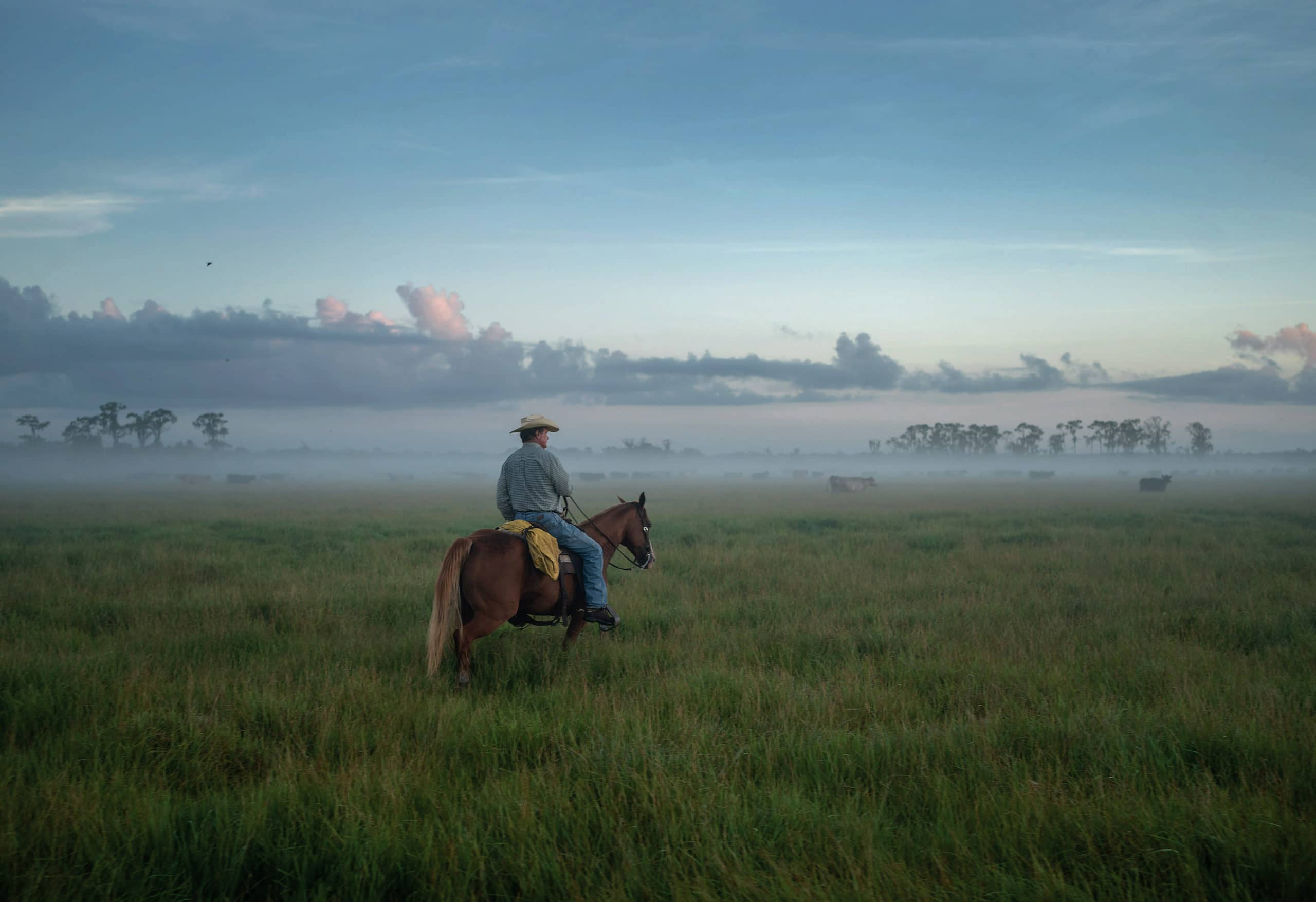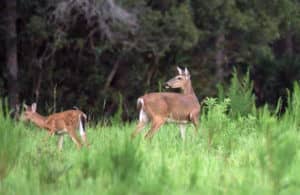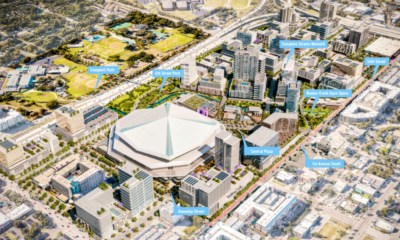Create
New documentary explores and explains the Florida Wildlife Corridor

The Florida Wildlife Corridor is an 18-million-acre, more or less contiguous network of public wilderness preserves and private working lands, including forests, swamps, timberlands and cattle ranches.
It’s not an actual, physical “corridor,” but scattered tracts of land from the top of the state to bottom, some but not all of them connected.
And, like so much of wild Florida, it’s shrinking at an alarming rate.
Screening Wednesday, Feb. 23 at the Tampa Theatre, Saving the Florida Wildlife Corridor is a beautifully photographed tour through the various sections of the “corridor,” narrated by some of the people who live and work in harmony with the land and the wildlife: Cattle ranches, foresters, environmentalists, scientists, clam farmers and even a woman who operates an airboat ride service in South Florida’s River of Grass.
Produced by National Geographic Society Impact Media, Saving the Florida Wildlife Corridor was originally made for the eyes, ears and hearts of the Florida legislature as they considered the Florida Wildlife Corridor Act of 2021.
It passed with bipartisan, unanimous support.
However, as producer Tori Linder makes clear in this interview, there remains a very long way to go.
Linder, her fellow filmmakers and several of the average Floridians who appear in the film will be present for a moderated Q&A following the screening.

Screengrab
St. Pete Catalyst: Why is it important to preserve it?
Tori Linder: The Florida Wildlife Corridor provides an opportunity to balance Florida’s rapid growth with the green infrastructure and the ecosystem services that support the lives of all Floridians. Including our wildlife, but also our human population.

Producer Tori Linder. Photo: Path of the Panther.
How bad is it right now? Is it possible we will develop ourselves into oblivion?
It’s an interesting question. On an average day here in Florida, we’re gaining about 1,000 residents. We’re losing anywhere from 12 to 20 acres an hour to suburban development, depending on the year. Those are staggering statistics that I think capture the average Floridian by surprise. And we have an incredible legacy of conservation in this state – just in Southwest Florida alone we have over four million acres of contiguous public land, Everglades National Park, Big Cypress Preserve … we have a really longstanding legacy in this state of working to protect land.
But if we don’t continue and frankly accelerate the pace of conservation, what’s going to happen is that our current protected lands and preserves are going to become islands, isolated by development.
A bit anecdotal, but it’s helpful: My family has been ranching in Central Florida for five generations. And in my lifetime alone – I’m a Millennial- I’ve watched my grandparents’ ranch be surrounded on nearly all sides by development. It’s no longer feasible to have a working cattle ranch there. Frankly, it’s just not safe with suburbs on three quarters.
That’s been a really eye-opening experience, and certainly a huge influence in thinking about the production of this film: “How can we articulate that this connection is essential for wildlife and wide-ranging species like a panther or a black bear.” But it’s also essential for our economy, and the industries that drive our economy, whether it be tourism or agriculture.
Somebody in the film says “If I need this much space, can you imagine what a panther or a black bear needs?” That certainly got me doing the math.
A male panther needs 200 square miles. That’s their average breeding range. The leading cause of death for the Florida panther is vehicle collision; number two is actually territorial disputes with other panthers. Two hundred square miles, that’s a remarkable amount of land. It’s about four times the size of the city of Miami.
It’s easy to see why these connections, these linkages, are so essential.
I thought the Florida Wildlife Corridor Act of 2021 was taking all this into account.
As of today, about 10 million acres of the Corridor are preserved; there’s about 8 million that still need protection. The Florida Wildlife Corridor Act was a really first and truly essential step in the right direction. But it did not mean that the geography was protected. Rather, for the first time, it was formally naming the geography, recognizing it as a state priority. For planning across multiple agencies.
It’s up to us as Floridians now to ensure that our policymakers and our leaders really work to capitalize on this vision and model of sustainable development that we have in the Florida Wildlife Corridor.
Education is key, right? This film can potentially ignite public interest in making it work. Isn’t that why you do this sort of thing?
Absolutely. Moreso than in other places around the country, Floridians are pretty uniquely connected to their environment. We love to get outdoors, we love to explore our natural waterways. And they see the impacts of development, and they’re not happy.
Understanding how we can get involved, and really be a part of taking action to ensure that into the future, is not always easy. And so I hope that this film provides some context for the public.
Wednesday’s event is free, but reservations are required. Click here.
Florida Wildlife Corridor Foundation







